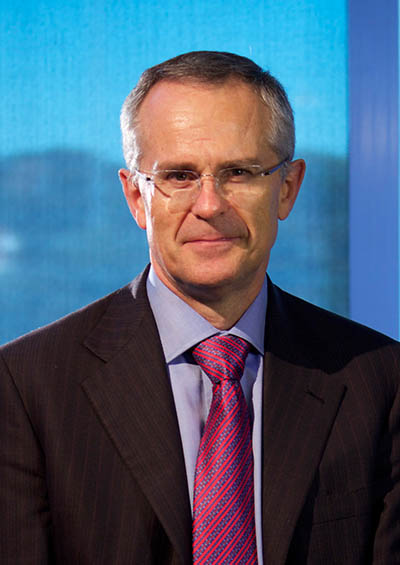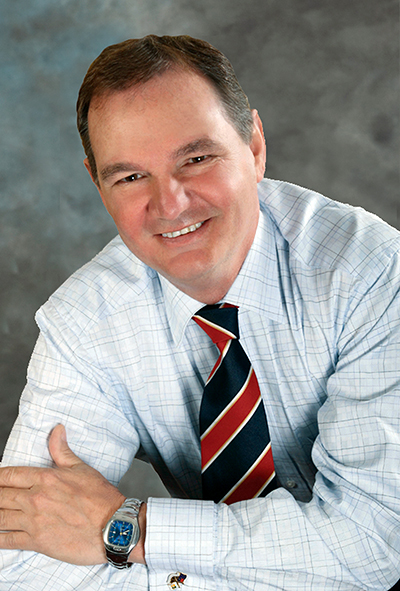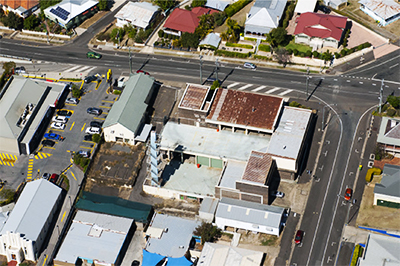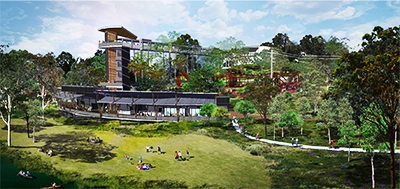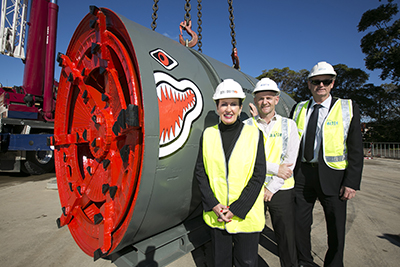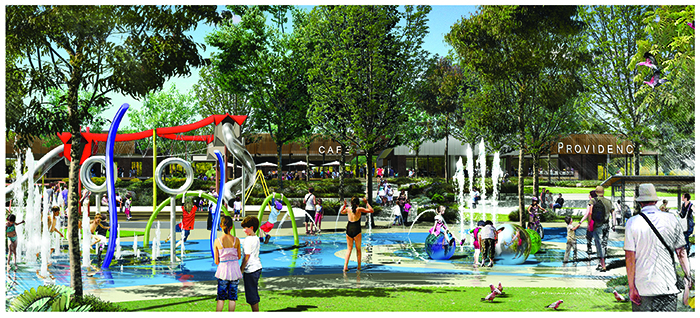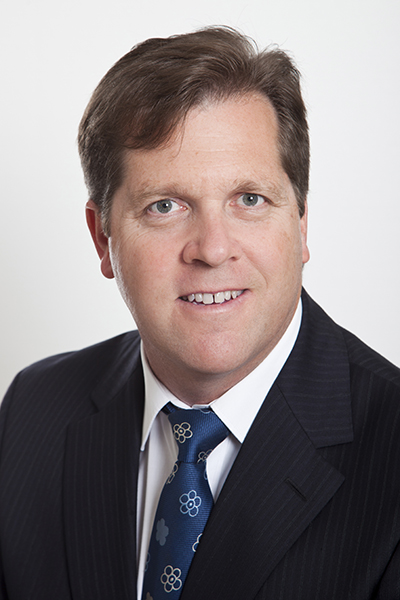Chinese investment changes real estate industry
JEWEL, a $1 billion residential resort complex currently rising over the Gold Coast, is probably the most visible proof to date of how rising Chinese investment in Australian property development is changing the landscape forever.
The multi-tower residential and resort project is backed by Asia’s richest man Wang Jianlin, and is the largest single project of the estimated $12 billion in Chinese investment in Australian property in the last financial year.
As evidenced by his substantial investment in Jewel, Mr Wang – who is chairman of China’s largest property development firm Dalian Wang – has set his sights firmly on Australia, stating his home country no longer held potential for easy profits. Yet for China’s ever-widening middle class, the appeal of Australian real estate stretches well beyond such hgh-profile developments. 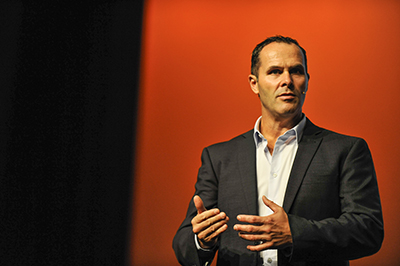
A characteristic of Asian families is their determination to seek better educational opportunities for their children – and a feature of recent investment in Australia has been a preference for property located near reputable Australian schools and universities, countrywide. For those with the means, purchasing foreign real estate equates to a long-term investment that is safe from Chinese Government intervention.
According to the Foreign Investment Review Board, Chinese buyers of real estate accounted for close to half of the total $27.7 billion foreign investment in Australia in 2014.
Juwai, China’s leading international property portal, ranks Australia as the second most popular destination for Chinese buyers, just behind the US, with its appeal rising recently against the background of the softer Australian dollar.
While the big-ticket sales of waterfront mansions and grand commercial developments create headlines, mid-range off-the-plan apartments and family homes in the suburbs increasingly form a large segment of listings on Juwai – a Shanghai-based, Australian-founded Chinese language property website.
It all adds up to a seismic shift in the Australian property market – a shift that real estate agents are having to adapt to fast, according to Real Estate Results Network (RERN) chief executive, Michael Sheargold.
“The real estate industry has evolved at a rapid pace over the last few years, with agents now working within a truly international marketplace yet also having to adapt their business model to accommodate the differing needs of clients in those emerging markets,” Mr Sheargold said.
He said while the spoils of China’s dramatically increased buying power and relaxed central restrictions were once confined to major centres, offshore buyers were now eyeing property across the country – reshaping the playing field for real estate agents seeking to capitalise on this sizeable new segment of the market.
“Agencies looking to set their business on an effective course for development must not only keep their eyes open to industry change, but also engage with new technologies and strategies to ensure their business is pursuing those new leads as we see a strong continuing trend of investment from Asian buyers,” Mr Sheargold said.
He has been driving change within RERN, to provide spcialist industry training, support, mentorship and resources for real estate agencies wanting to understand and develop the growing China market..
He said with a surge of 400 percent in Chinese purchases of Australian real estate over the last five years, many property agents have employed Mandarin-speaking staff to provide assistance and handle negotiations with overseas buyers, while also adapting their business websites to include Chinese layouts.
As part of a strategic effort to market property internationally, listings and promotional materials have also been translated into Chinese, in recognition of the far greater level of engagement achieved when targeting investors in their native language.
“We know that the internet is the first port of call for interested property investors worldwide, but reaching the Chinese market is more complex than an agent simply making their listings available online, even if they are translated into Chinese language,” Mr Sheargold said.
“The existence of firewalls means many international websites and social media sites are blocked to those within China, so to gain visibility agents are seeking to advertise their listings on locally hosted sites.”
For those agencies who have achieved successful inroads into the market, Mr Sheargold said it was prudent to establish a physical presence in China. This could be initiated by a trip to attend property expositions and meet with potential clients, as well as seek to form strategic alliances with local agents and development companies.
“China is in fact the perfect representation of the advantages of belonging to a network – the ethos on which RERN has been founded,” Mr Sheargold said. “In China, even more so than in the west, we see the success of business hinges on socialising and networking with like-minded individuals.
“The foundations for many deals are made in social contexts and for this reason, local agents find travelling to China to form personal ties with agents and buyers, by attending specialised industry conferences or meeting with local agencies, will lead to an improved ability to understand local customs and respond to the needs and interests of buyers in those markets.”
Mr Sheargold said establishing direct agent representation in China, or even opening a branch in cities such as Beijing or Shanghai, was a logical progression for agencies invested in major sales from the market.
Howeer, he said, independent agents in Australia could also work towards growing their brand in the Chinese marketplace through each personal interaction, alongside repeated exposure, through building a database of quality property listings geared towards the Chinese buyer.
Mr Sheargold said the spread of the Asian market was just another way the real estate industry model had changed, with RERN committed to providing expert support and services to help agencies and their teams reach their full potential in the new marketplace.
www.realestateresultscentral.com.au
ends

 How to resolve AdBlock issue?
How to resolve AdBlock issue? 